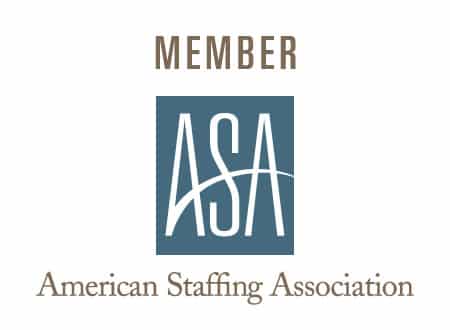Dress codes are common in most workplaces. The way your employees present themselves is a direct reflection of your business and can impact your reputation. Depending on the nature of your business, a dress code can be more relaxed, or more strict if you’re meeting regularly with clients. A dress code can also keep your employees safe if it involves wearing the proper safety equipment (like in an industrial or warehouse setting) or a certain level of cleanliness (like in a medical setting).
Five Ways to Address Dress Code Violations
Regardless of your work setting, if an employee breaks the dress code, it’s important to take steps to improve the situation. And you can do this with the following tips from a leader of professional employment services—Wood Personnel:
Be specific in your dress code policy.
You can avoid dress code violations from the very start when you create a policy that isn’t open to interpretation. Rather than labeling your code “business formal” or “business casual,” list examples of what you mean. Include descriptions of outfits that are acceptable, and those that are not acceptable. Don’t forget information about footwear, hemlines, fit, jewelry and fragrance.
Talk to the employee privately.
If an employee has broken dress code, don’t let it go, but don’t make an example of him or her. It could be an honest mistake. Simply talk to them privately and explain what the proper dress code is. Depending on how severely they have broken dress code, you may wish to tell them it’s OK for today but don’t do it again, or send them home to change.
Explain why you have a dress code.
Any conversation about dress code should include the importance of having one. This could be to maintain your business reputation, impress clients, or keep everyone safe.
Adjust your policy.
If an employee has violated the dress code because part of it is unclear, be sure to make necessary revisions. Then, recirculate the updated document to all employees, requiring them to review it and note changes.
Create consequences for breaking the policy.
While the first violation may be innocent, employees who simply disregard dress code or break it repeatedly are setting a bad example for other employees, or even placing them in danger. For example, if a worker is continuously skimping on safety gear, they’re placing themselves and others at risk. Therefore, it’s important to create and enforce consequences, including termination.
Be Firm
Stick to your policy and uphold it for all employees. Do not allow any exceptions.
Get Help with Training
When it comes to safety concerns, training can help remind employees of all the reasons to stick to the dress code, and your recruiter can help. If you’re in the market for a recruiter, contact Wood Personnel. And for more help having difficult conversations with employees, check out this e-book.



